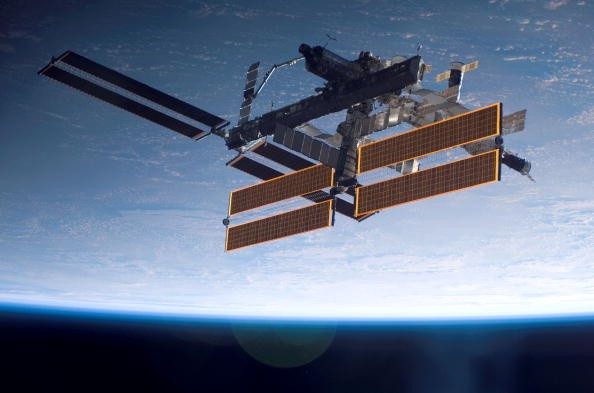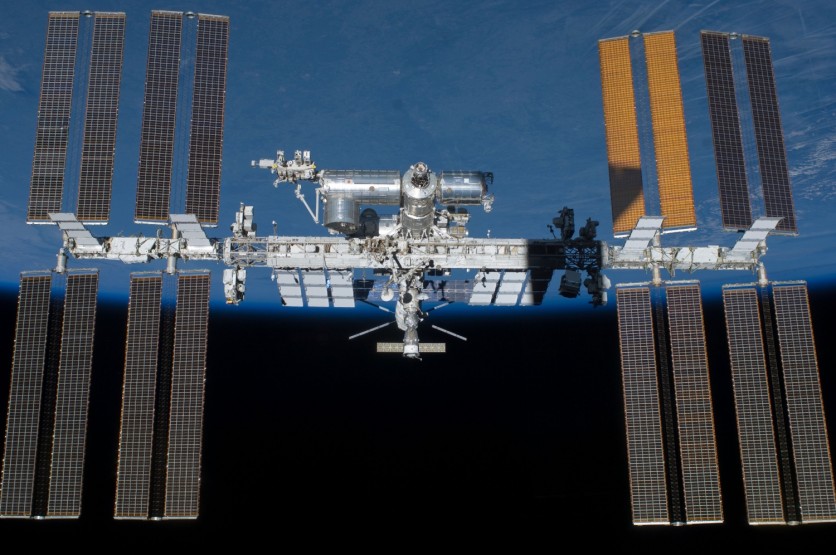The International Space Station is not a "station" that places itself on one point in the orbit but is continuously moving to match the Earth's rotation and revolution around the Sun. That being said, it is that time of the year again, where the International Space Station would be seen from the planet without the necessary equipment and would appear several times in different locations.

The National Aeronautics and Space Administration's (NASA) joint project with four other space agencies in the world, the International Space Station, is host to the neutral common ground in space. Now, the historical spacecraft and popular haven for scientists and their out-of-this-world research would soon appear to people as it travels around.
Ironically, while this may seem like a sight to see for people, according to astronauts from NASA, the International Space Station orbits the Earth every 90 minutes, meaning that it can be seen several times in a day. However, timing is the key to locate and see the space station with the naked eye, as it would be almost impossible during the day.
Read Also: 'Battlefront 2' Crossplay: Redditors Demand Cross Platform Gameplay-What Does EA Say About This?
International Space Station Location: How to See it and When
Indeed, seeing one of the most historical and advanced space equipment is a sight to see during one's lifetime, and offers an awe-inspiring moment, especially with youngsters who aim to be astronauts one day. Timing is the key and good thing is that there are several schedules as to when the ISS would appear in the skies, right at dusk's hour.

According to Penn Live, Pennsylvanians would have the opportunity to see the International Space Station thrice this week, with the first one already showing itself last Monday, January 18 at 6:52 PM. The next scheduled include Tuesday at 6:04 pm at 11 degrees above southwest over the next five minutes.
Additionally, it would appear for the third time on Thursday, January 21 at 40 degrees west for four minutes and move to a maximum height of 63 degrees northeast.
ISS Tracker: NASA's Tool to Spot the ISS

Not everyone has the same time and geographical locations and relying upon a certain place's schedule would not guarantee the sight of the ISS. Good thing NASA created a tool to spot the ISS right at home or anywhere one is, and would only need to pinpoint a certain location for NASA to set a schedule and location of the space station.
NASA's Spot the Station tool helps in locating the humongous ISS, which could be seen by the naked eye and its glistening glory as it passes over the skies. In the search, the next possible location for the Theodore Roosevelt Historic Site in Manhattan, New York, is the coming Saturday, January 16 at 6:51 PM for only one minute.
One only needs to pinpoint the location they wish to sightsee the International Space Station, pick a schedule, and hope for the skies to be clear that night or the early dawn of the morning.
Related Article : Strange Planet with Three Stars and a Skewed Orbit Angle Discovered by Kepler Mission
This article is owned by Tech Times
Written by Isaiah Alonzo
ⓒ 2025 TECHTIMES.com All rights reserved. Do not reproduce without permission.




